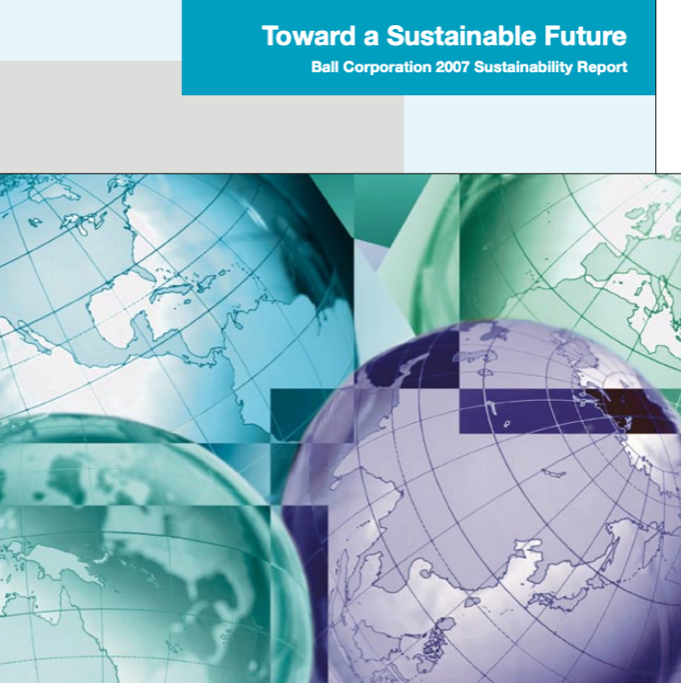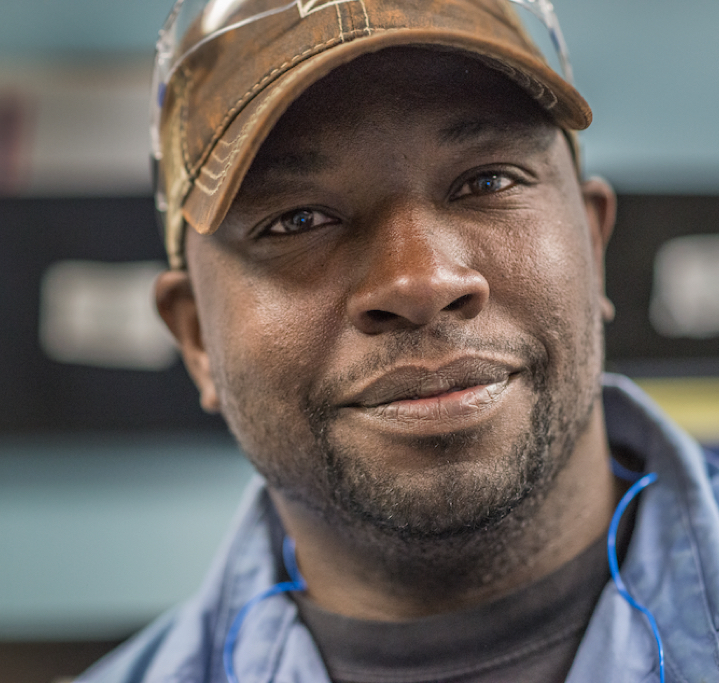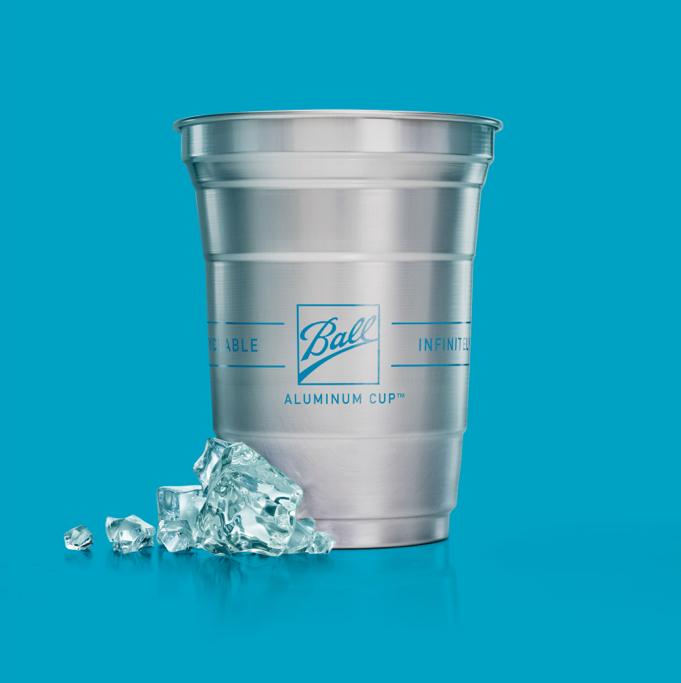The History of

A visual timeline of where we started and our promise to the future.
Our legacy is characterized by ingenuity and a forward-thinking vision – Ball produces the highest quality products that make a positive contribution to our customers’ lives. While the scale of our operations today is global, our beginnings were humble.
1880-1889
An acquisition that started it all

1880
In 1880, Frank C. and Edmund B. Ball, two of the five Ball brothers, borrowed $200 from their uncle, George Harvey Ball, founder and first president of Keuka College, to buy the Wooden Jacket Can Company, a small manufacturing business in Buffalo, New York. Soon, the three other brothers (William, Lucius, and George) joined Frank and Edmund in Buffalo.
The Ball brothers' company made tin cans encased in wooden jackets to hold kerosene, paints, or varnishes. The contents tended to corrode the tin cans. So they began experimenting with the use of a glass jar.
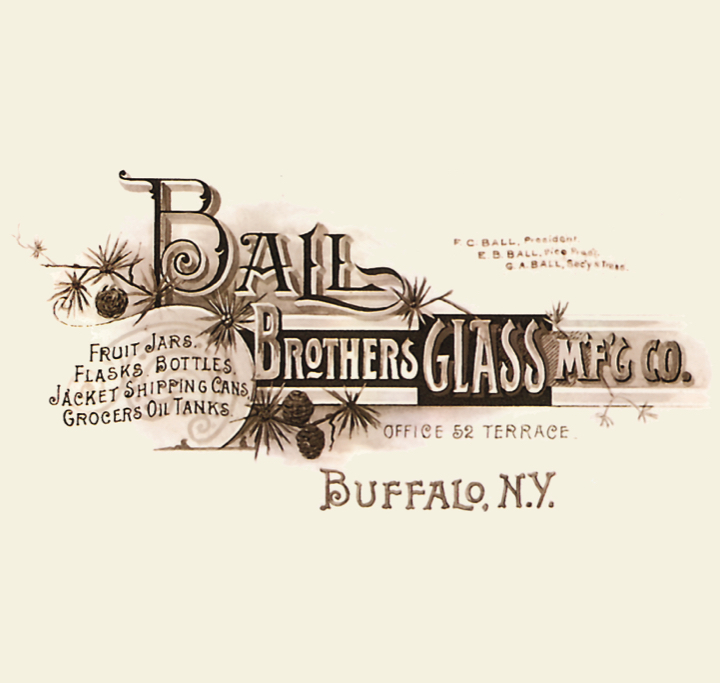
1886
With the experiment a success, the Ball Brothers decided to open their own glass jar manufacturing factory. They built a new two-story factory to use as a stamping works, along with a one-story glassworks in East Buffalo, New York, in the early 1880s.

1887
The brothers — Edmund, Frank, George, Lucius and William — moved the company from Buffalo, New York, to Muncie, Indiana, in 1887 to take advantage of abundant natural gas reserves and expand production.
1900-1929
An icon is produced.

1900
The 1900 Census stated, The largest fruit jar plant in the world, with a daily capacity of 240,000 jars, all machine-made, is in Indiana. Phillips combined the information about jar production with the numbers cited in the Census to come up with claim that Ball Brothers became the largest producer of fruit jars in the country.
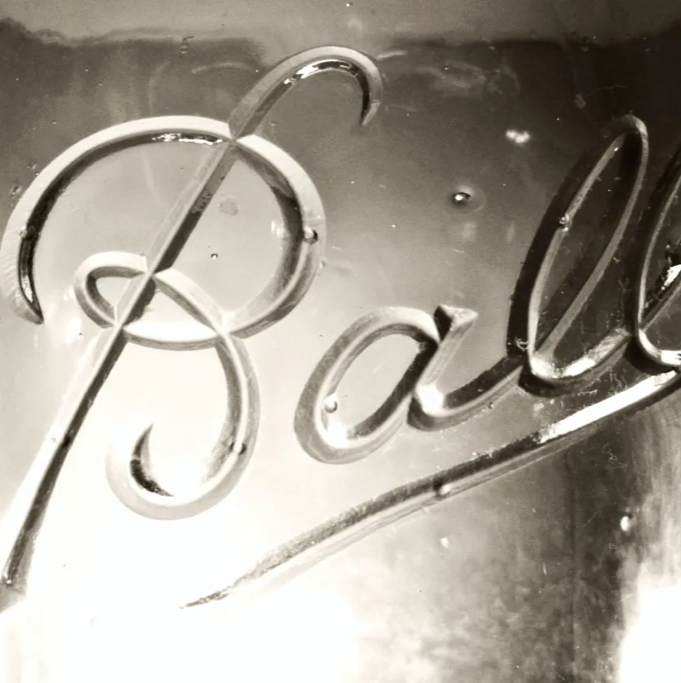
1922
Anticipating growth and diversification, the company simplified their name from Ball Brothers Glass Manufacturing Company to Ball Brothers Company.
1930-1969
A new frontier for growth emerges.
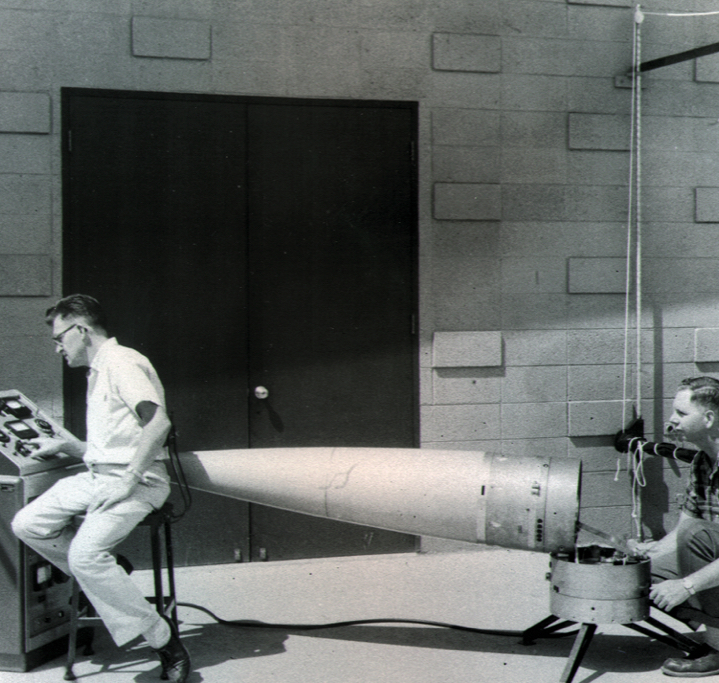
1956
Ball forms the Ball Brothers Research Corporation. Known today as Ball Aerospace & Technologies Corp. The company produces space systems engineering products, telecommunications technology, electro-optics, and cryogenics materials for government and commercial customers.
The significant changes at Ball, those which have molded the company’s future, took place in the late 1950s and early 1960s. The launching of Sputnik by the Soviets in 1958 ushered in the Space Age and created many new opportunities in the field of aerospace. Ball decided to take advantage of the situation.
“We got into the space field because it was the beginning of the biggest scientific effort in our nation’s history”

1969
Ball enters beverage can business, acquiring Jeffco manufacturing co. in Golden, Colorado, to form its metal beverage container operations.

1969
The company changes its name to Ball Corporation.
1970-1999
Expansions spur dramatic growth.

1973
Ball became a publicly traded stock listed on New York Stock Exchange

1992
Ball adopts the Economic Value Added (eva®) incentive model for executive compensation.

1993
Ball acquires Heekin Can, Inc. Heekin is the largest regional manufacturer of metal food containers in the U.S. prior to the acquisition. Combined with Ball Packaging Products Canada, Inc.’s six plants, the eleven former Heekin plants make Ball the third-largest producer of metal food-and-aerosol cans in the North American market.
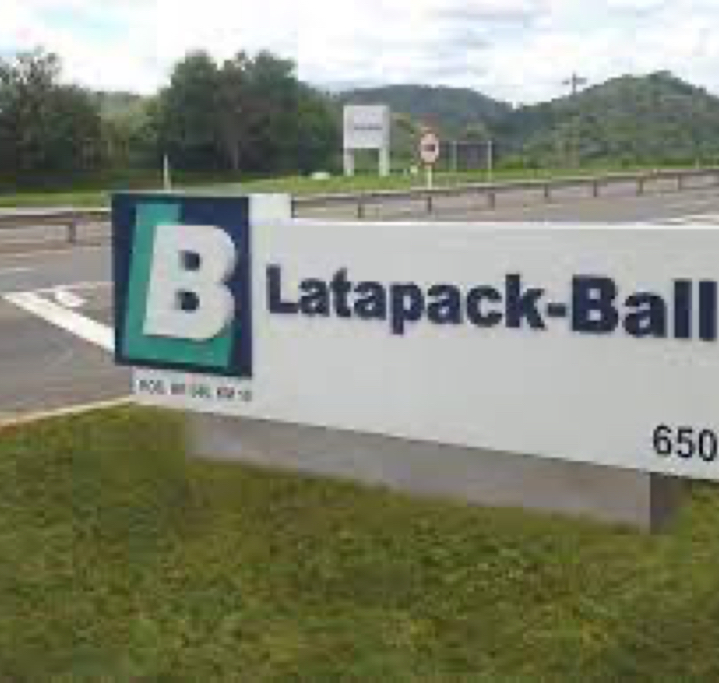
1995
Ball forms Latapack-Ball Embalagens Ltda joint-venture; enters Brazilian beverage can market.

1995
Ball Aerospace delivers corrective optics to repair the Hubble space telescope. Ball’s aerospace business converts to a wholly-owned subsidiary, Ball Aerospace & Technologies Corp.

1996
Ball exits the glass jar business for which it is widely known. Ball sells its remaining interest in Ball-Foster Glass Company to Group Saint Gobain. It had entered a joint venture with the company a year earlier.
“The Ball-Foster transaction allows us to accelerate the strategic redeployment of assets we began several years ago.”
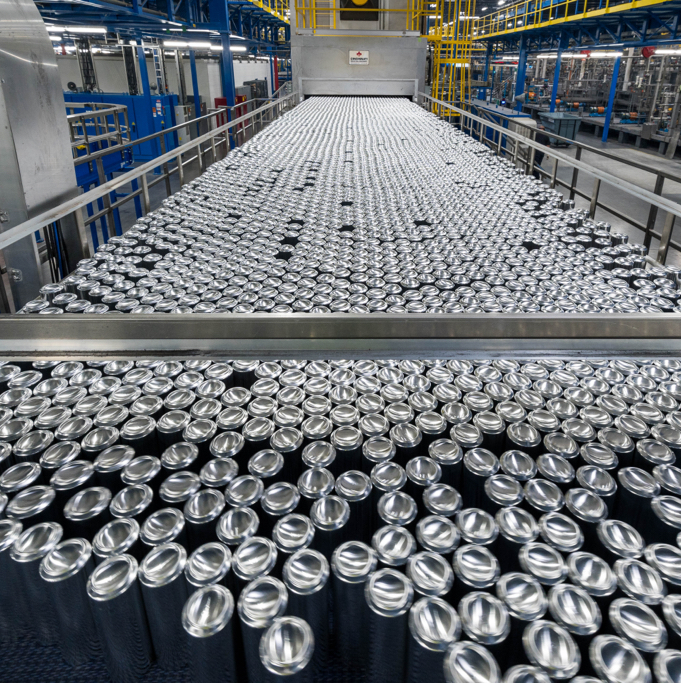
1997
Ball acquires M.C. Packaging Ltd. in China. Combined with Ball’s FTB Packaging Ltd. joint venture there, it makes Ball the largest supplier of cans in the Chinese market.
2000-2022
Responsibility and sustainability.

2002
Ball acquires Schmalbach-Lubeca AG, the German-based metal-can beverage company, to create Ball Packaging Europe. The move boosts Ball’s beverage can sales by more than $1 billion annually.
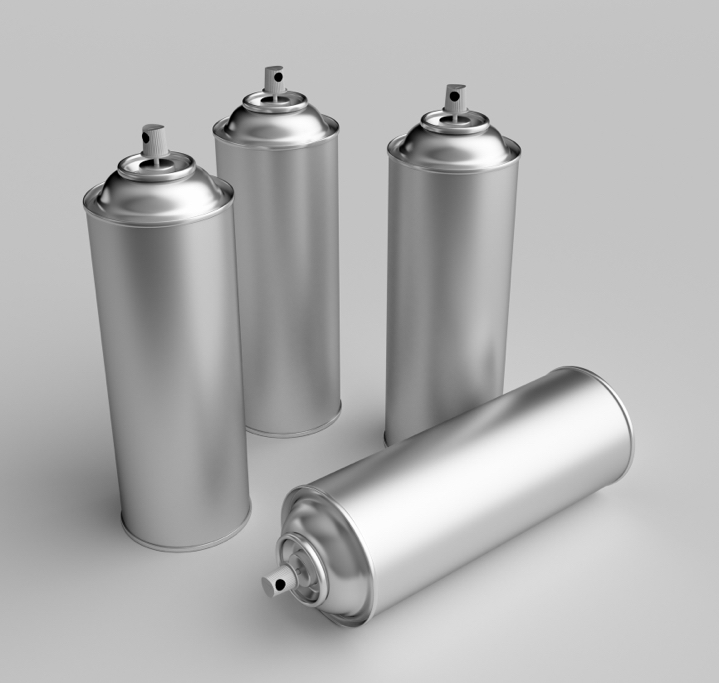
2006
Ball acquires U.S. Can, a U.S.-based aerosol and specialty metal packaging company, and merges it with Ball’s metal food-packaging operations to form the metal food and household products packaging division.

2009
The Ball Aerospace-built Kepler spacecraft carrying the largest camera ever sent by NASA beyond Earth's orbit, successfully launched aboard a Delta II rocket from Cape Canaveral, Fla., at 10:49 pm EST, on Friday, March 6, 2009.
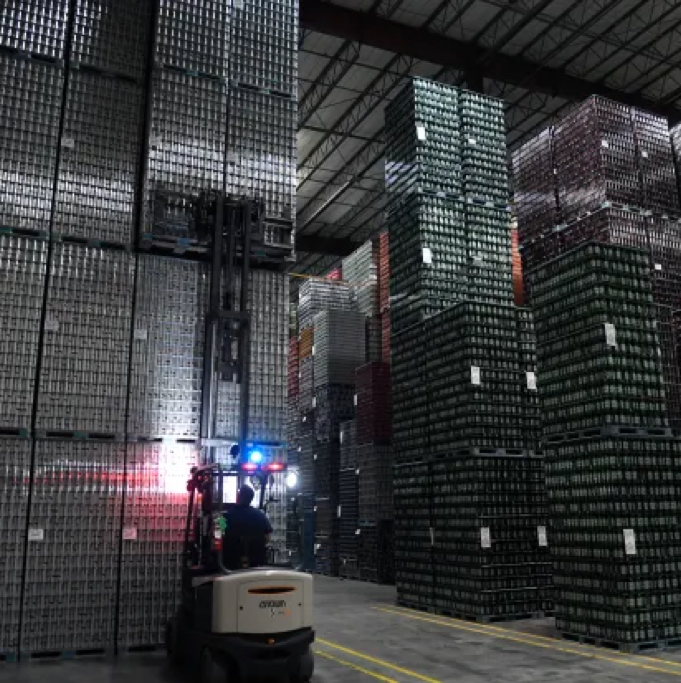
2009
Ball acquires four metal beverage can plants from AB InBev, making Ball the largest supplier of beverage cans in the world.

2010
Ball becomes the largest supplier of aluminum slugs in the world with its two acquisitions:
- Neuman Aluminum, then the leading North American manufacturer of the base material used in extruded aerosol cans, beverage bottles, aluminum collapsible tubes, and technical impact extrusions.
- Aerocan S.A.S., a leading supplier of aluminum aerosol cans and bottles in Europe

2011
Ball acquires Aerocan S.A.S., a leading supplier of aluminum aerosol cans and bottles in Europe.

2016
Ball acquires Rexam PLC, becoming the world’s largest producer of aluminum beverage cans.
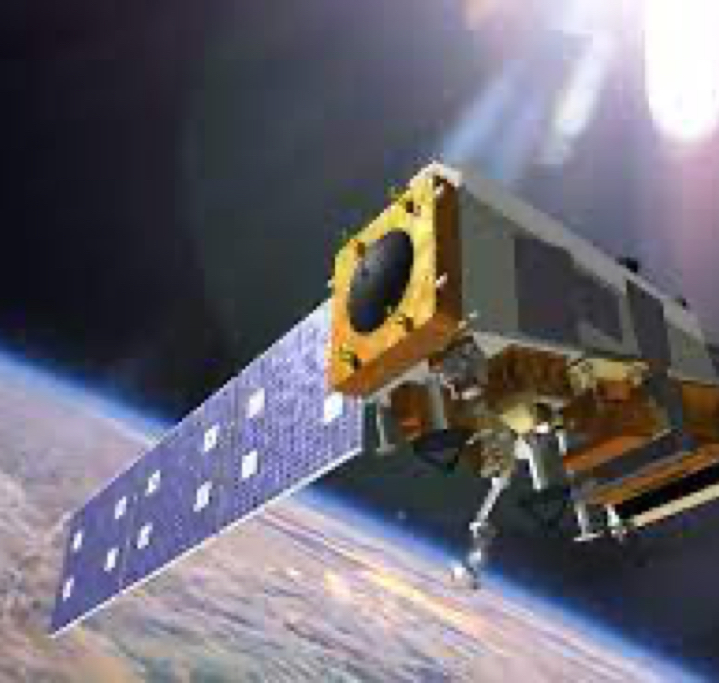
2017
The Joint Polar Satellite System (JPSS-1), now known as NOAA-20, launched in November 2017 and is collecting critical data for civil and military weather-forecasting, storm tracking and climate-monitoring.

2021
The James Webb Space Telescope, which provides humanity’s deepest views of the universe, launches. Ball designed and built the advanced optical technology and lightweight mirror system that will enable Webb to look 13.5 billion years back in time.
The Future
The product of our dreams.
We understand and appreciate the road that brought us to where we are today, and we believe our heritage is a competitive advantage – offering a strong foundation for future success. Not only that, but we have a clear path to attain that success. We call it “Drive for 10.”

